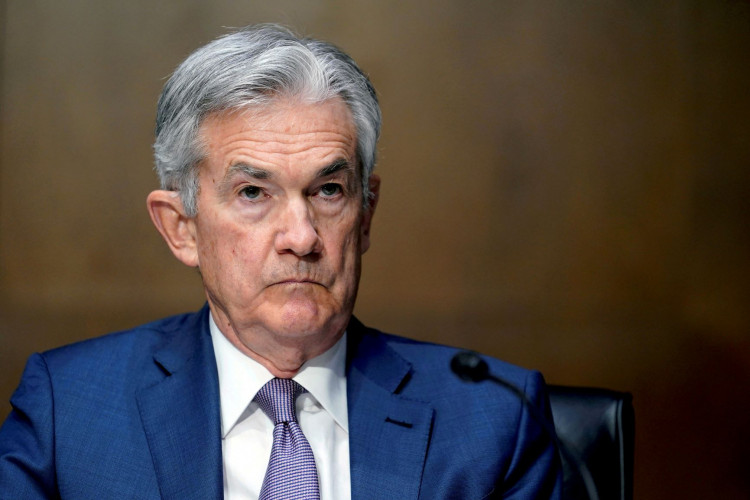The Federal Reserve held interest rates steady on Wednesday, maintaining its benchmark range at 4.25% to 4.5%, while warning of rising risks to both employment and inflation as the U.S. economy faces mounting pressure from President Donald Trump's aggressive tariff strategy.
"Uncertainty about the economic outlook has increased further," the Federal Open Market Committee said in its post-meeting statement. "The Committee is attentive to the risks to both sides of its dual mandate and judges that the risks of higher unemployment and higher inflation have risen."
The decision marks the third consecutive meeting in which the Fed has paused rate changes after a series of cuts in late 2024. Policymakers voted unanimously to hold rates steady, resisting public pressure from President Trump, who has repeatedly called for swift rate reductions.
"There can be a SLOWING of the economy unless Mr. Too Late, a major loser, lowers interest rates, NOW," Trump wrote on Truth Social last month, also referring to Fed Chair Jerome Powell as a "total stiff." Trump later said he had no plans to remove Powell before his term ends in May 2026.
The Fed's caution comes as U.S. economic indicators send conflicting signals. GDP contracted by 0.3% in the first quarter, driven by weakened consumer spending and a surge in imports ahead of tariff implementation. Meanwhile, job growth has remained resilient. Nonfarm payrolls rose by 177,000 in April, and unemployment held at 4.2%.
Inflation remains elevated, with the Fed's preferred gauge showing a 2.6% annualized core rate. Tariffs are expected to apply further upward pressure on prices, increasing the risk of a stagflation scenario not seen since the early 1980s.
"Swings in net exports have affected the data," the FOMC noted, while still maintaining that the economy "has continued to expand at a solid pace."
Trump's trade policies, including a 10% universal tariff and sector-specific levies on imports, have disrupted business planning and investor sentiment. The White House is engaged in ongoing negotiations with trading partners, with a 90-day pause in place before additional duties may take effect in July.
Markets responded cautiously to the Fed's announcement. The S&P 500 surrendered earlier gains after the FOMC released its statement, reflecting investor unease over the risk of stagflation.
Fed Chair Powell, who addressed reporters following the decision, reiterated that the central bank would "wait for greater clarity" before adjusting rates. "In considering the extent and timing of additional adjustments to the target range for the federal funds rate, the Committee will carefully assess incoming data, the evolving outlook, and the balance of risks," the statement read.
While the Fed has signaled its readiness to act if economic conditions deteriorate further, officials appear committed to a cautious path forward. Market pricing ahead of the meeting showed no expectation of an immediate cut, with less than 30% odds of a rate change at the Fed's June meeting. Traders are anticipating up to three rate cuts in 2025, though that outlook remains highly sensitive to the trajectory of inflation, employment, and trade policy.






